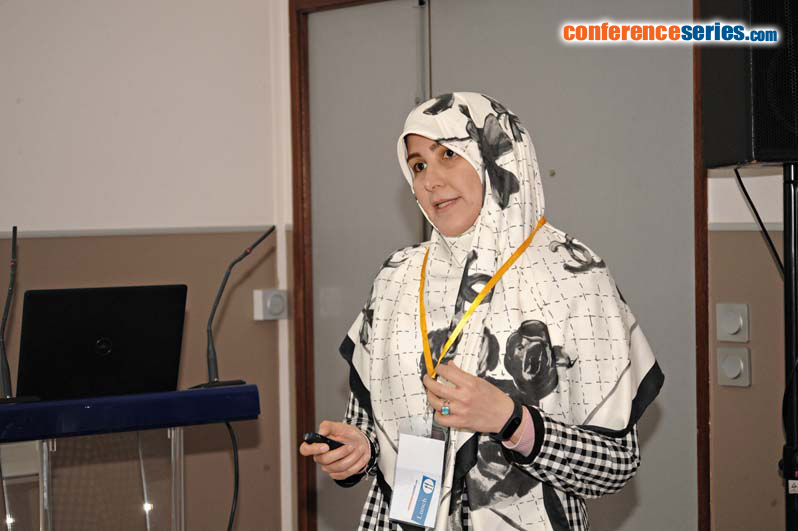
Hajar Ghanbari
Iran University of Science & Technology, Iran
Title: Different roles of carbonate additives on hexagonal boron nitride microstructure prepared from urea and boric acid
Biography
Biography: Hajar Ghanbari
Abstract
Hexagonal boron nitride (h-BN) is an advanced ceramic material similar in electronic structure to the most versatile of elements, carbon, sharing the same number of electrons between adjacent atoms. This hexagonal phase is the most stable and softest among BN polymorphs. h-BN powders are mostly used as lubricants. Compared to graphite, the h-BN can be utilized in an oxidizing atmosphere up to 900 °C, as well as low temperatures. Good lubricity, corrosion and oxidation resistance in high temperature guaranteed the premium market for this light material. In this paper, we have been successfully synthesized h-BN from a precursor obtained by urea and boric acid, following by nitridation in >1000 °C temperature and leaching step. We studied the effect of nitridation temperature (1000 °C-1200 oC) through the addition of lithium carbonate (Li2Co3), sodium carbonate (Na2Co3) and calcium carbonate (CaCo3) on the powder morphology and microstructure. Synthesized particles are characterized by X-ray diffraction (XRD), scanning electron microscopy (SEM). In addition, we measured the contact angle of water on the pressed disks prepared at different temperatures and with different additives. Comparing the results showed that the nitridated powder prepared with the Li2Co3 additive in 1200 °C possessed the highest purity and largest grain size. In addition, the results confirm the non-uniform effect of temperature increase while utilizing three different additives.


